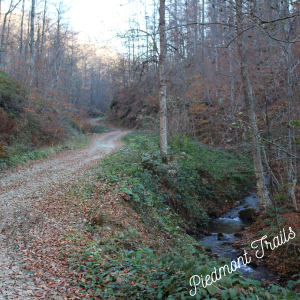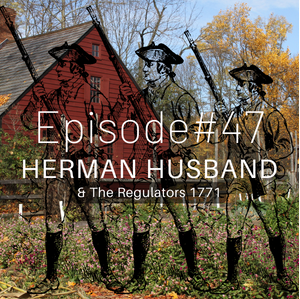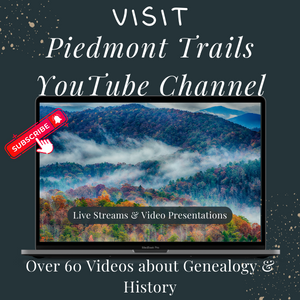At Piedmont Trails, we have been collecting rusty relics from the past for many years. We firmly believe in the old saying, “One man’s trash is another man’s treasure”? Here, in the Attic, we store clocks, watches, hat pins, rings, and watch chains. We also have various glass bottles, tin containers, iron pots, and cooking utensils. Our collection includes farming tools, hunting tools, and other everyday items used by our ancestors. We are passionate about collecting these objects because they hold a key to our past, just like a puzzle. By carefully examining the objects, we retrieve clues and possibly owner identification. These objects speak a fascinating story, and by solving their mysteries, we gain a much brighter and more focused vision of our historical past.
“One Man’s Trash is Another Man’s Treasure“

Do you have any family heirlooms? If you do, these are treasures, right? Have you considered searching for more? We find that most family historians disregard the thoughts of finding additional heirlooms. We use different methods to uncover historical treasures. First, we do not focus on a single person or family. Instead, we concentrate on the immediate area and the timeline we are researching. For example, if you are studying the 18th century, consider the following questions: What is the initial settlement date in the area? What historical events happened locally? What location was the primary target during your timeline? What was the favored occupation in the area? If farming, what were the main crops? Maintain an objective point of view and avoid family-oriented themes at first. This approach provides additional clues for future research and allows a better understanding of the area’s historical context. Taking precise notes and asking direct questions will be helpful, and creating an outline is always a good idea.
Second, grab your genealogy notes and hit the ground running. You have several options at this point. One of our favorites is pinpointing our ancestor’s residence location. Metal detecting can be a fun and effective way to locate heirlooms. However, it is critical that you obtain permission before doing so. When you approach the current property owner, share your story and explain the reasons behind your search. We find that most people are excited to learn about the history of their home and land. Third, take time to visit the local thrift and antique stores. Stay within your focused perimeters; venturing too far out will be less productive. Objects, like people, travel around, so don’t be disheartened if you don’t find treasures. Allow yourself ample time and patience while you explore and learn what techniques work best for you.
Fourth, contact a distant relative. Possibly reach out to a third or fourth cousin and ask them about the family historian in that lineage. This way, you can get their perspective on your family history and find out if there are any family heirlooms that you can learn more about. If you find any treasures that link directly to your ancestry, ask about future plans for these items. Always take careful notes and document your discoveries.

Your ancestors’ belongings reveal fascinating stories. So, if you stumble upon an intriguing object, don’t overlook it. Take the time to investigate it thoroughly. Only then can you unlock the mysteries. Make sure to catalog the origins of the object and where you found it. If you used metal detecting to locate the item, take note of the GPS coordinates and any other relevant information. Discover more about the item, including its patent date, original purchase price, and uses during your ancestor’s time. This information can help determine where the item was available for purchase during your ancestor’s period. Identifying the business or establishment that sold or created the item will provide more clues for your research. Books and manuscripts such as diaries and journals may be easier to identify. Our ancestors often wrote their names on these types of items, along with addresses and dates.
Hand tools used for farming or hunting often have initials or a portion of a name inscribed, such as knives, hatchets, powder horns, and guns. Articles of clothing can have an inserted label stitched directly into the cloth with a name or an embroidered name sewn into the fabric. When checking clothing, always check the inner pockets for identification. When searching for these items, remember to reflect on our ancestor’s period and understand that they kept their favorite pieces with them throughout their lives. Another good source for finding family treasures is researching estate sales or auctions. Personal inventories can often provide descriptions that positively identify a specific object. By trying these methods, you can uncover valuable data about your ancestors and their daily lives.





Finally, get excited about your journey as you explore the paper trail and venture into the treasure hunt. Remember to experiment using different searching techniques. When you find an ancestor’s discarded items and can positively link them to your family, what was once considered trash becomes a treasure. Approach your adventure with optimism. You never know what treasures you may find. Enjoy your journey to the past!

Categories: Featured Articles, Genealogy #OffTheGrid, Going Back In Time










